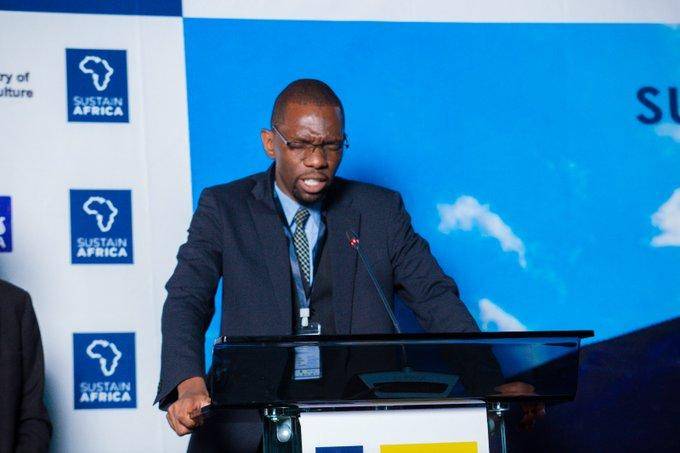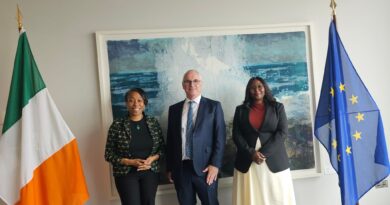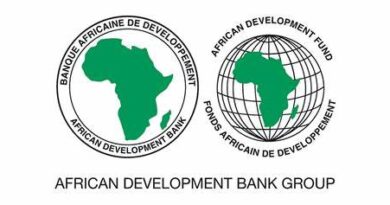IMF Came-In to Iodize Debt Effects, Offering Investment Credibility to Zambia
The International Monetary Fund’s recent disbursement of US$184 million to Zambia following the fifth review under the Extended Credit Facility (ECF) is a strong mark of affirmation of the country’s total commitment and determinations to both fiscal and economic reforms.
As an economist who has been commenting on this issue right from suggestions when the current regime took office, I view this not only as a much-needed injection of capital but also as a way of strategic endorsement to Zambia’s current macroeconomic trajectory.
I know so many questions have been raised as to why we can’t work out plans on our debt issues and pay from our natural resources that we are endowed with, this case has a deeper reflections and reference points which I will separately dive into, to explain a bit later.
Getting back to the impending funding which I think arrives at such a crucial time when Zambia has been working out models to recover from the dual shocks of a regional drought and a historically challenging debt environment. The disbursement will bolster the country’s foreign reserves, provide substantial support to the Zambian Kwacha, and ease pressure on the balance of payments stabilizing both inflation and exchange rate volatility in the short to medium term.
Moreover, this IMF backing enhances Zambia’s negotiating position with external creditors and reassures investors that the government remains quite committed to sound economic governance. The IMF has been such an essential ingredient for restoring confidence and unlocking both foreign and domestic investment flows.
However, we must be very clear: this funding is not a blank cheque. It is tied to ongoing structural reforms some of which will be politically and socially difficult. These include enhancing public financial management, curbing fiscal risks from state-owned enterprises, and phasing out costly and inefficient subsidies which have seen in fuel support. These are necessary and painful for a moment but sensitive reforms that require strong political leadership and transparent public engagement as seen in Budget implementation methods.
While the IMF projects GDP growth to rise to 5.8% in 2025 and 6.4% in 2026, sustaining this momentum will depend heavily on Zambia’s ability to anchor key policy reforms way beyond the IMF programme.
This includes deepening domestic revenue mobilization, broadening the tax base and improving the investment climate particularly in sectors like energy, agriculture, manufacturing, tourism and the mining.
In conclusion, the IMF disbursement offers Zambia a valuable opportunity but also imposes a responsibility to stay the course.
However, I would strongly state that real measure of success will not be in meeting macroeconomic targets alone, but in translating those gains into inclusive growth, job creation and poverty reduction for all Zambians.



